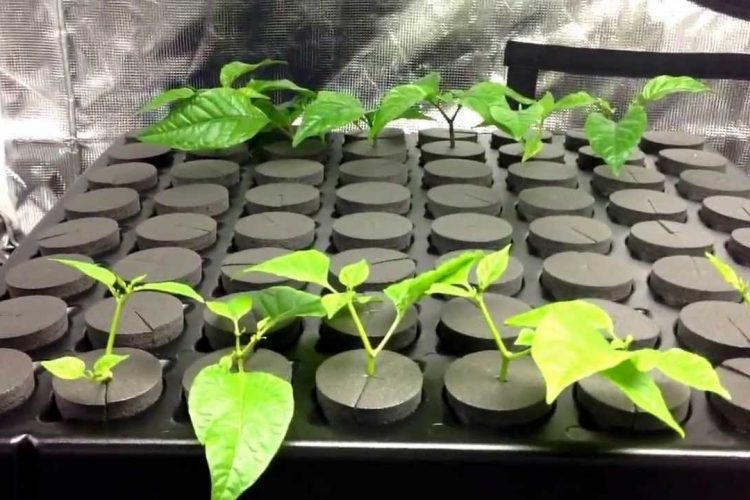If you are an avid gardener, you may have noticed a bunch of your garden plants growing and appearing differently. To be exact, they are healthier than their siblings. So, you want to preserve these plants and grow more of them at the same time. You might find a cloning machine handy in such a scenario because purchasing new plants would make your pockets empty. You can even consider building a cloning machine on your own – which is why we have prepared this homemade cloning machine guide.
This DIY cloner might not have so many features as the best cloning machine on the market. But this will do the work you want to use it for.
An aero cloner or a cloning machine requires certain tools, fittings, and a bucket to accommodate fittings like misters and water. This guide will include:
1 ) Tools you will need to build a cloning machine
2 ) Step-by-step procedures to make a homemade cloning machine
3 ) Ways to clone plants on a plant cloner
Tools You Will Need
- Razor Knife or Hand Grinder
- Hacksaw or PVC Pipe Cutter
- Phillips Screwdriver
- A Sharp Nail
- Tape Measure
- Shop Towels
- Wood Screw
- Scissors
- Drill Bit
Homemade Cloning Machine: Step-by-Step
A plant cloning machine usually includes a plastic box that contains a pump, nutrient mixture, and spray nozzles. There are several holes on top of the machine with neoprene inserted. This area includes cloning sites. So, how to make a cloning machine at home? As the machine has complicated parts and fittings, building a cloner requires proper assembling and placing of the fittings.
Step 1: Take a 3-feet PVC pipe, take the measurement, and cut the following measurement numbers:
- Mark out 5.750-inch cut on the pipe and take two parts of the same markings on the pipe
- Mark another 3.500-inch length on the pipe and take one part from the pipe
- Take 2.750-inch mark this time and take two parts of the same markings on the pipe
- Take 1.750-inch mark and mark the two parts here as well

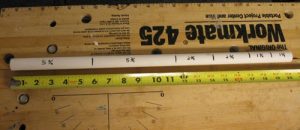
- Now, cut the parts according to the markings
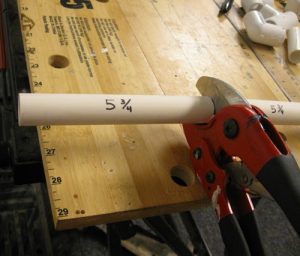
- Follow the image below for perfect fittings

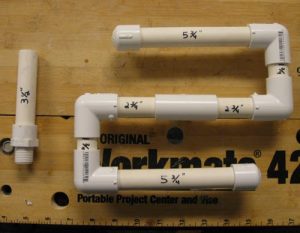
Step 2: You need to do some gluing now. Take the PVC glue and glue the fittings with rags. Apply glue on the pipe and inside of the fittings.
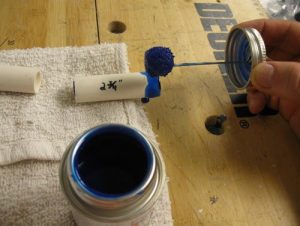
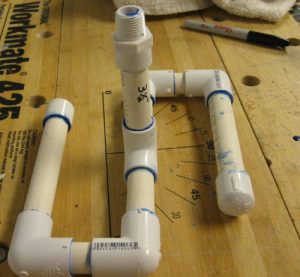
Step 3: At this step, you need to mark out the misters and drill on the area. Mark holes little over 10” to 15” or 17” and leave about 1.5-inch of space in between the holes.
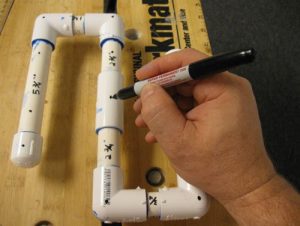
Now you need to drill holes.
- Take number 22 drill bit and attach to the drill motor
- Drill out the marked area and make sure that you don’t drill the other side of the pipe
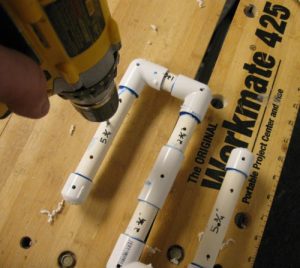
Step 4: You have to screw into the drilled holes keeping in mind that you don’t push the screw too hard.
- Take ¾ -inch screws to place into the drill holes
- Place the screw in each hole and later remove it
- Removing will ensure you a perfect hole with a nice thread

Step 5: Now, you have to wash the fittings you have built so far. Take a closer look at the misters on the pipe and make sure they do not clog easily.
Step 6: Take EZ Clone Sprayers and place them into the holes one by one. Keep spinning the clone sprayers into the holes with precision. Then take the Teflon tape and wrap it around the male adapter.
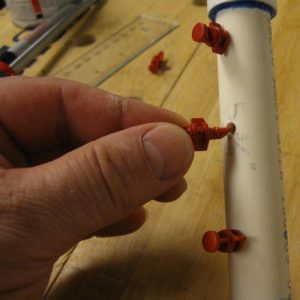
Step 7: Screw the fittings onto the pump, and place the fittings and pump in the empty bucket. Make sure the size of the bucket is large enough to accommodate the pump and fittings.
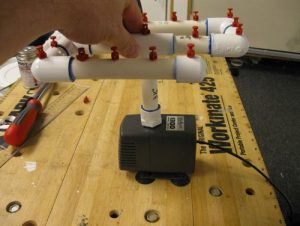

Step 8: This is one of the vital steps as you have to drill holes on the lid. To drill different sized holes, follow the procedure,
- Use the number 22 drill bit to drill the center of the lid
- Take a measurement tape and measure 3.5-inch from the center to make more holes
- Drill 5 to 6 holes 3.5-inch away from the center
- Take a Forstner Bit with a 1-7/8-inch hole saw and make a hole on the center
- Drill other holes with the Forstner Bit as well
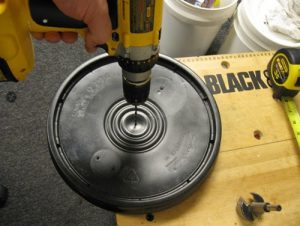


Step 9: Now, drill a slice on one of the holes where you can place a power cord. Take a razor knife or a hand grinder to slice the part about ¾ -inch long

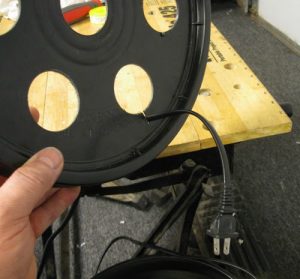
Step 10: Take 2-inch net pots and cut the bottom half. Fill the bucket with water that contains the fittings. Make sure that you don’t fill the bucket above the sprayers. Later, take the lid and place it on the bucket. Then place neoprene into the net pots and then put all the assembled pots in the lid.
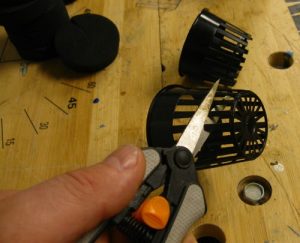

Step 11: Now, you need to clone the plant. Take a plate, clean razor and scissors, and follow the steps below:
- Pick a branch with a long stem and a small number of leaves
- Put the branch on the plate and cut the end of the plant about 45 degrees
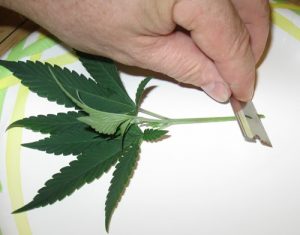
- Place the cutting into neoprene and put it into the net pot

- Place the net pots into the cloning machine and turn the machine on
- Take the bucket under a CFL or fluorescent light bar
- Keep the temperature around 80 to 85 degrees F

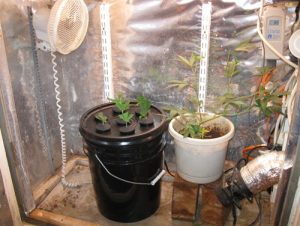
Finally, you need to maintain this homemade cloning machine on a regular basis. After a week or two, you need to change the water in the machine. Also, keep the plants cutting smaller and the cloner area neat and clean after you use this cloning machine. Now that you know how to build a cloning machine, you can easily save money and avoid the trouble of visiting a physical store to buy a plant cloner.

